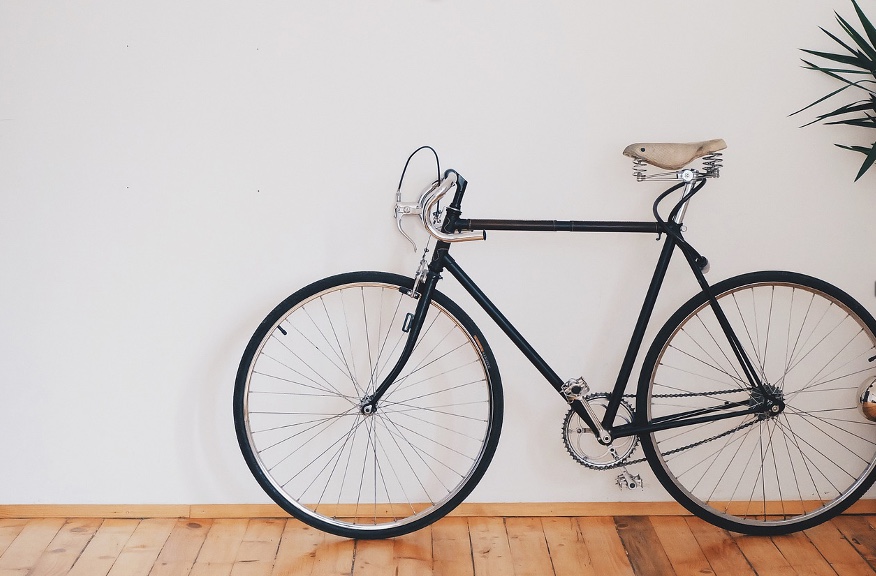Riding a bike and cycling is an excellent means of transport, keeping in shape, and observing your environment. Unfavourable weather, though, might cause hesitation before mounting your bike.
Challenges arise from heavy downpours, powerful gusts, or slick streets. But you can be set to cycle throughout the year with a bit of planning and a positive outlook.

Bobbin Bikes has handy advice for handling harsh weather while cycling, ensuring safety and comfort under all circumstances. And if you’re missing an adult bike with a good grip for the rainy days in London, then you’ll be happy to hear that Bobbin bikes offers that too!
But let’s check how we can prepare for these days when there’s bad weather outside.
1. Dress for the weather
Comfort and safety in poor cycling weather hinges on proper attire. Layer effectively to manage body heat.
Essentials include:
- Base layer: Start with a fabric that draws sweat from your skin, keeping the chill at bay.
- Waterproof jacket: Opt for a lightweight, rain-resistant jacket. A model with elements increases your visibility on the road, vital during dim light.
- Gloves and a hat: Prioritise warm extremities. Purchase dampness-resistant gloves and a hat or buff for under-helmet use. Cold hands and feet can heighten discomfort during poor riding conditions.
- Waterproof footwear: Waterproof shoe covers or specialised cycling shoes keep feet dry. Another option to consider is water-resistant socks.
2. Maintain visibility
In harsh weather, whether rain or fog, visibility often plummets. It’s crucial to make sure that you stand out in the low visibility to drivers and fellow cyclists.
Here’s the way to do it:
- Lights: Flick on your front and rear lights, even when it’s daytime, if the skies are cloudy or filled with fog. Bright LED lights can cut through murkiness and ensure you’re seen from a distance.
- Reflective gear: Reflective vests, strips around the ankles, or even stickers are significant measures to boost your visibility. These cost-effective items can have a profound impact, particularly as the weather deteriorates.
- Bright-coloured clothes: Whenever feasible, choose vibrant, neon-coloured jackets or accessories. They make you more noticeable, aiding others on the road to spot you quicker.
3. Adjust your riding style
Riding your bicycle in rain or wind demands changes to your common cycling habits.
Here are the crucial alterations you must implement:
- Slow down earlier: Wet surfaces make halting your bike more challenging, demanding you reduce speed earlier than usual. Riding a foldable bike, which is typically lighter, breaking prematurely helps evade sliding. Fold up bikes are also excellent for the worsening weather; they can be conveniently towed away in a taxi for your homeward trip thanks to their easily foldable features.
- Be careful on turns: Wet roads make sharp turns perilous. Be sure to decrease your speed and execute turns carefully to evade likely skids.
- Crouch low against the wind: High winds can tire you out while cycling. Bending your body lower and fitting into a more wind-cutting posture reduces air friction and facilitates a smoother ride.
- Avoid puddles: Puddles may hide road faults or debris. Eschew pedalling through large puddles as they make it difficult to determine the actual depth or hidden troubles beneath their surface.
4. Plan your route
In bad weather, it’s crucial to think ahead about your route. Main roads may be well-lit and salted in the winter, but they’re often busier.
On the other hand, quiet back roads might have fewer cars but could be more slippery or icy. Try using apps or tools to monitor the weather and road conditions in real-time, so you can choose the safest route.
You may also enjoy reading tips on winter wellbeing and how to protect your mental health!



